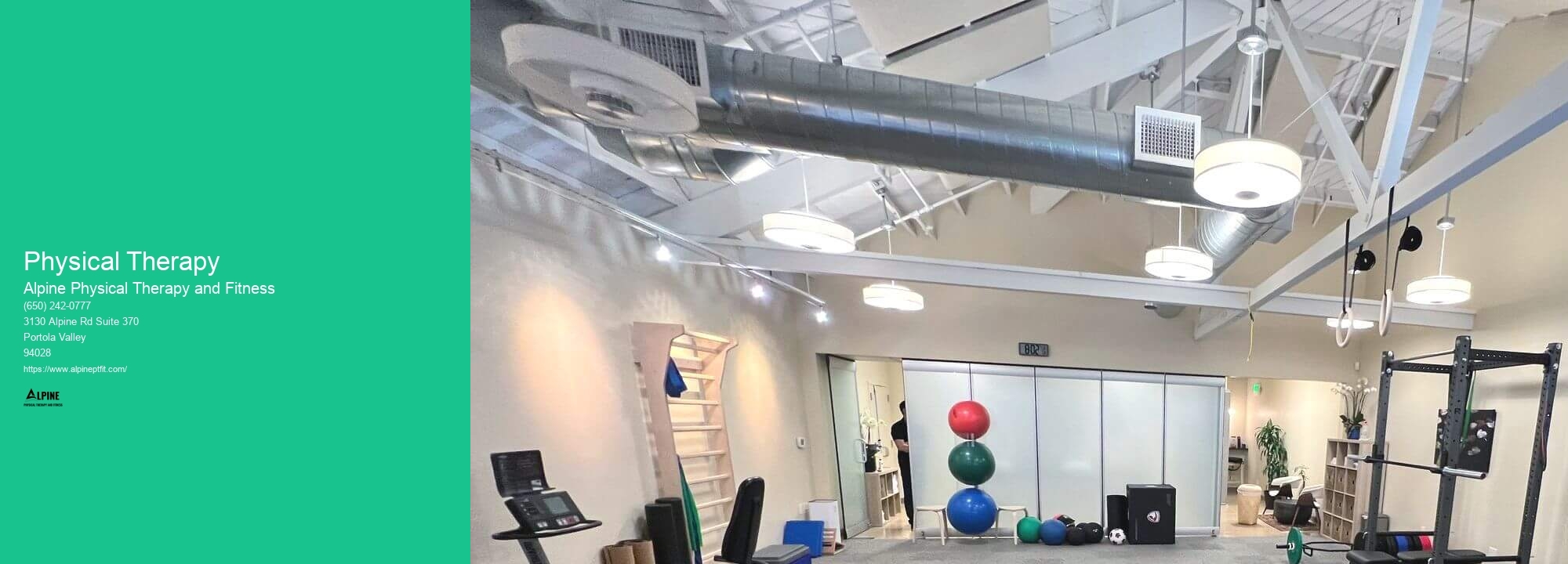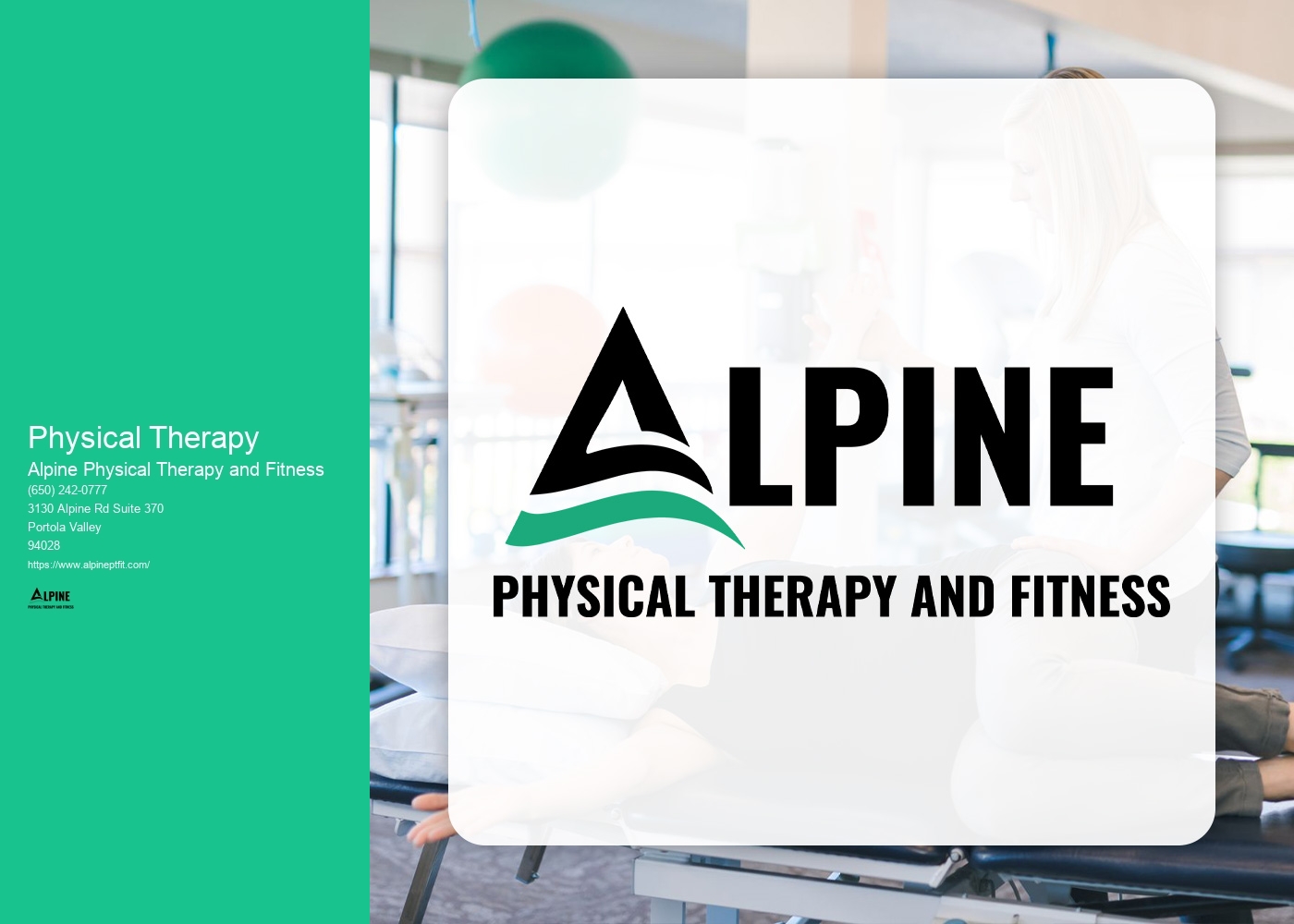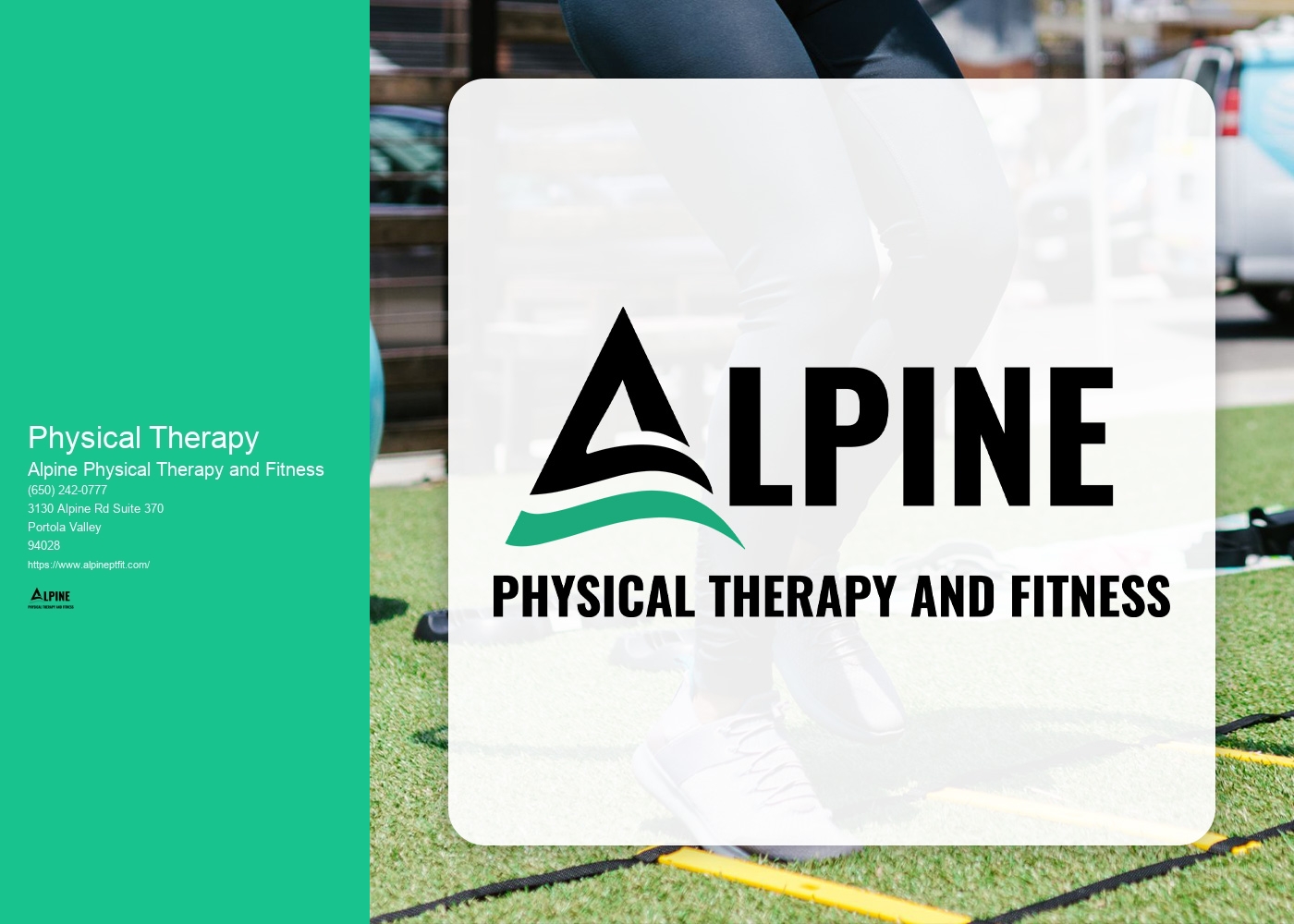

Physical therapy is a form of treatment that focuses on improving mobility, function, and quality of life through various physical techniques and exercises. It differs from other forms of treatment, such as medication or surgery, as it takes a more hands-on and active approach to healing. Physical therapists work closely with patients to develop personalized treatment plans that address their specific needs and goals.
Physical therapy can help with a wide range of conditions and injuries. It is commonly used to treat musculoskeletal problems, such as back pain, joint pain, and sports injuries. It can also be beneficial for neurological conditions, such as stroke, multiple sclerosis, and Parkinson's disease. Additionally, physical therapy can aid in the recovery from surgeries, such as joint replacements or spinal surgeries.
The duration of a typical physical therapy session can vary depending on the individual's needs and the specific treatment plan. On average, a session may last between 30 minutes to an hour. During this time, the physical therapist will assess the patient's progress, perform manual therapy techniques, guide the patient through exercises, and provide education on self-management strategies.

Physical therapists utilize a variety of techniques and modalities to help patients achieve their treatment goals. These may include manual therapy, such as joint mobilization or soft tissue mobilization, to improve joint mobility and reduce pain. Therapeutic exercises are also commonly used to strengthen muscles, improve flexibility, and enhance overall function. Other modalities, such as heat or cold therapy, electrical stimulation, or ultrasound, may be incorporated to further aid in pain relief and tissue healing.
The number of physical therapy sessions required to see results can vary depending on the individual's condition, severity of symptoms, and response to treatment. In general, a course of physical therapy may range from a few weeks to several months. The frequency of sessions can also vary, with some patients attending therapy multiple times per week initially and then gradually reducing the frequency as they progress.

Physical therapy can be an effective tool for managing chronic pain. By addressing the underlying causes of pain and improving physical function, physical therapy can help reduce pain levels and improve quality of life. Physical therapists may use a combination of manual therapy, therapeutic exercises, and modalities to target pain and promote healing. They may also provide education on pain management strategies and lifestyle modifications to help patients better manage their pain on a daily basis.
While physical therapy is generally safe, there are some potential risks and side effects associated with certain techniques or exercises. These can include temporary soreness or discomfort following a session, muscle strains or sprains if exercises are performed incorrectly, or exacerbation of symptoms in some cases. However, physical therapists are trained to assess and monitor patients closely to minimize these risks and ensure safe and effective treatment. It is important for patients to communicate any concerns or changes in symptoms to their physical therapist to ensure appropriate adjustments to their treatment plan.

Myofascial release and deep tissue massage are both therapeutic techniques used to address muscle tension and pain, but they differ in their approach and focus. Myofascial release targets the fascia, a connective tissue that surrounds and supports muscles, bones, and organs. This technique involves applying sustained pressure to release restrictions in the fascia and restore mobility. On the other hand, deep tissue massage primarily targets the deeper layers of muscles and aims to alleviate chronic muscle tension and knots. It involves using firm pressure and slow strokes to reach the underlying muscles and break up adhesions. While both techniques can be effective in relieving pain and improving range of motion, myofascial release focuses more on the fascia, while deep tissue massage targets the muscles themselves.
When rehabilitating a tennis player with elbow pain, there are several specific considerations that need to be taken into account. Firstly, it is important to assess the severity and underlying cause of the pain, as this will guide the treatment plan. Common causes of elbow pain in tennis players include tennis elbow (lateral epicondylitis) and golfer's elbow (medial epicondylitis), which are both overuse injuries. Treatment may involve a combination of rest, ice, compression, and elevation (RICE), as well as physical therapy exercises to strengthen the muscles around the elbow and improve flexibility. Additionally, modifying the player's technique and equipment, such as using a lighter racket or adjusting grip size, may be necessary to prevent further strain on the elbow. It is also important to address any biomechanical issues or imbalances that may be contributing to the pain, such as poor shoulder or wrist stability. Finally, a gradual return to play protocol should be followed to ensure that the player's elbow is fully healed and able to withstand the demands of tennis. Overall, a comprehensive approach that addresses the specific needs of the individual player is essential for successful rehabilitation of tennis-related elbow pain.
Physical therapy can be an effective treatment option for alleviating symptoms of urinary incontinence in women. Through targeted exercises and techniques, physical therapists can help strengthen the pelvic floor muscles, which play a crucial role in bladder control. These exercises may include Kegel exercises, biofeedback training, and electrical stimulation. Additionally, physical therapists can provide education on proper bladder habits and lifestyle modifications that can help manage and reduce urinary incontinence symptoms. By addressing the underlying causes and providing tailored treatment plans, physical therapy can significantly improve bladder control and quality of life for women experiencing urinary incontinence.
The Maitland Concept is a comprehensive approach that guides the assessment and treatment of musculoskeletal conditions. It emphasizes a thorough examination of the patient's history, including the onset and progression of symptoms, as well as any relevant medical conditions or previous treatments. The concept also emphasizes the importance of a detailed physical examination, which includes assessing joint range of motion, muscle strength, and any specific functional deficits. Based on the findings of the assessment, treatment techniques are selected and applied in a systematic manner. These techniques may include joint mobilizations, soft tissue mobilizations, and therapeutic exercises. The Maitland Concept also emphasizes the importance of ongoing reassessment and adjustment of treatment techniques based on the patient's response. Overall, the Maitland Concept provides a structured framework for the assessment and treatment of musculoskeletal conditions, ensuring a comprehensive and individualized approach to patient care.